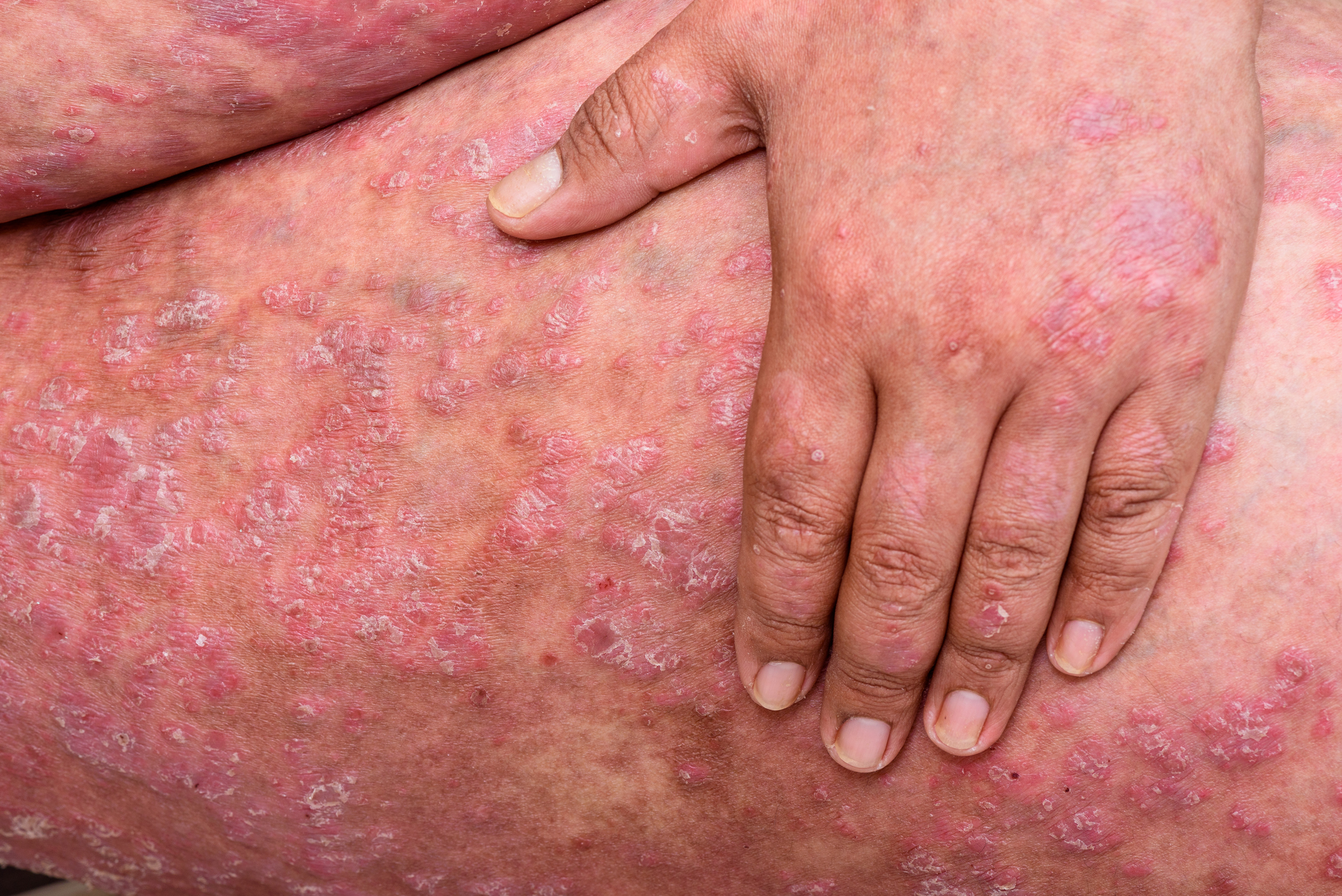Under the auspices of the German Society of Gastroenterology, Digestive and Metabolic Diseases (DGVS) e. V., the guideline program on oncology has updated the S3 guideline on esophageal cancer and formulated new recommendations on diagnostics and curative and palliative therapy. The guideline is intended to help ensure appropriate and evidence-based health care for those affected by esophageal cancer.
The diagnosis and treatment of esophageal cancer is very complex. The esophagus is located close to the bronchial system and the lungs. This requires high technical demands during the surgical procedure and close cooperation between different disciplines. In addition, other treatment options besides surgery may be considered, such as radiotherapy, chemotherapy, and endoscopy.
Innovations curative therapy
Smaller tumors confined to the mucosa are usually removed endoscopically. If the tumors have already grown deeper, surgery may be considered as a curative therapy in certain cases. In an esophagectomy, the entire esophagus is removed. Esophagectomy and esophageal reconstruction are complex procedures and can be performed either minimally invasive or in combination with open procedures. “New data show that here the minimally invasive or hybrid technique has advantages over the open procedure. Patients have, for example, fewer postoperative complications, an improved quality of life and also an improved prognosis,” says Professor Dr. Rainer Porschen from Osterholz District Hospital. He is, together with Professor Dr. Matthias Ebert of the University Medical Center Mannheim, coordinator of the S3 guideline.
Palliative therapy – stenting
If the cancer is advanced and the tumor can no longer be removed surgically, those affected often suffer from dysphagia and lose a lot of weight. In these cases, a self-expanding metal stent is often placed endoscopically to keep the esophagus open. “Today, however, we know that stenting in esophageal cancer is not always appropriate,” Porschen says. Cancer sufferers who are scheduled for preoperative radiochemotherapy followed by surgery, for example, do not benefit from stent implantation. “Recent studies show that complications can occur in this group of patients and the 3-year survival rate was worse when they received a stent. Accordingly, the use should be well weighed,” says Porschen.
Two groups are distinguished in esophageal carcinoma: Squamous cell carcinoma occurs in the esophagus mostly at the level of the neck and chest. Adenocarcinomas usually arise in the lower esophageal segment that opens into the stomach. The tumor causes little discomfort in its early stages, so it is usually diagnosed at a more advanced stage. According to projections by the Robert Koch Institute, 1,800 women and 6,100 men will be newly diagnosed with esophageal cancer in 2020. The median age of onset in women is 71 years and in men 67 years. Esophageal cancer is one of the cancers with poor prognosis. The 5-year relative survival rate is 22 to 24 percent.
https://www.leitlinienprogramm-onkologie.de/leitlinien/oesophaguskarzinom/












